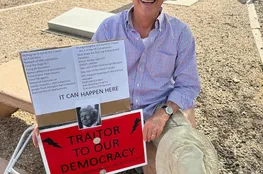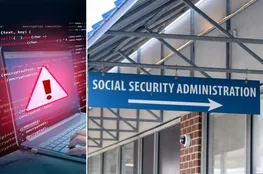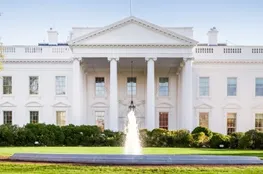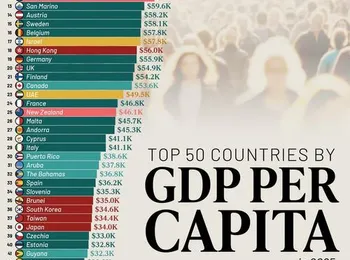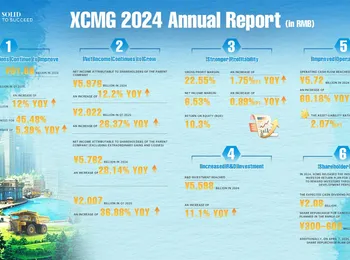Leaders fear essential industry's decimation if Trump wants more deportations President Donald Trump's mixed messages regarding immigration enforcement are fueling anxieties within the construction industry. Recent actions, including new raids targeting farms and hotels just days after Trump stated he wouldn't prioritize these sectors, have intensified concerns. The administration's focus on construction workers without legal status highlights a critical issue, particularly given the nation's housing shortage and the billions of dollars in economic damage caused by labor shortages, as detailed in a June report from the Home Builders Institute. Approximately 2.2 million immigrant workers – a staggering 24% of the total immigrant workforce without a college degree – contribute to this industry, exceeding the numbers in restaurants (1.1 million), janitorial services (526,000), and landscaping (454,000), according to a Stateline analysis of federal data provided by ipums.org at the University of Minnesota. Within this sector, immigrant workers represent a majority in roles like painters (53%) and roofers (53%), and comprise over two-thirds of plasterers and stucco masons. U.S. citizens primarily hold managerial and skilled positions, such as carpenters, reflecting a division of labor within the industry.
Many immigrant workers operate without legal authorization, although some are refugees, parolees, or asylum seekers awaiting court dates, alongside a smaller population utilizing temporary work visas. Stateline’s analysis identified that roughly half of these immigrant laborers are employed in Southern states—including conservative-leaning Florida, North Carolina, and Texas, where building activity is robust—while another 584,000, or a quarter, are located in Western states like Arizona, California, and Nevada.
Recent ICE worksite raids, particularly in Tallahassee and Ocala, Florida, and South Texas and New Orleans, demonstrate a targeted approach. Sergio Bajaras, executive director of the National Hispanic Construction Alliance, noted that roofer were initially targeted due to their visibility. "That’s the first place we heard about it. Roofer are right out there where you can see them," he stated. He emphasized that all segments of construction work has been subjected to these raids, and even legal workers are experiencing apprehension, leading to a significant reduction in workforce participation—crews are now 30% to 40% smaller than previously.
Enrique Lopezlirala, director of the Low-Wage Work Program at the University of California, Berkeley, highlighted the vulnerability inherent in the residential construction system, which involves a complex network of contractors and subcontractors. Contractors frequently hire immigrant laborers for low-wage jobs, paying in cash to minimize benefits costs and secure competitive bids. "It becomes a blame game. The developers can say, ‘I hired this contractor and I thought he was above board and paying people a decent wage.’ And the contractors can say, ‘I rely on subcontractors,’” Lopezlirala explained, describing this dynamic as a "race to the bottom." The prevalence of this system is particularly pronounced in states with looser regulations and lower pay, such as Texas, where the commercial construction industry also relies heavily on undocumented labor, resulting in costs 40% lower than in Northeastern cities with stronger unions. David Kelly, a lecturer in civil and environmental engineering at the University of Michigan, pointed out that this disparity suggests workers and employers in some regions aren’t paying income taxes, overtime, Social Security, or unemployment insurance, and that undocumented workers may be more willing to accept these conditions.
Despite political claims suggesting Democratic policies drive immigrant job displacement, noncitizen immigrant laborers accounted for approximately 7% of jobholders nationally as of May – the same as in 2015 – and remained relatively stable over the past decade, including during the first Trump administration (dipping to 6% in 2020 and 2021). However, the share of immigrant labor in construction has increased from 19% in 2015 to 22% in 2024, contributing over a third (1.5 million jobs) to the 1.5 million jobs added between 2015 and 2024 during the period of historic home construction."





